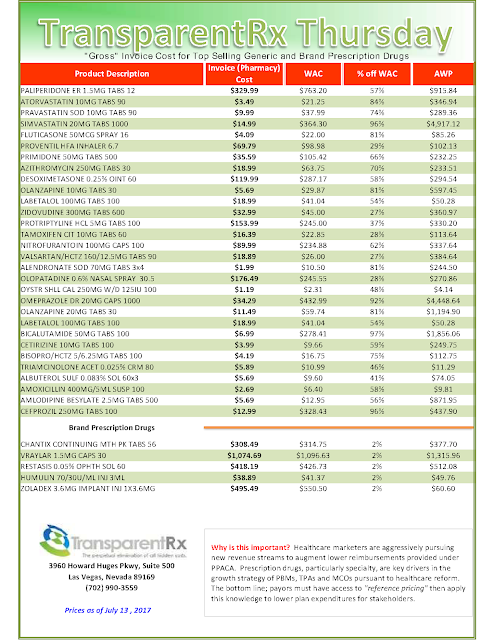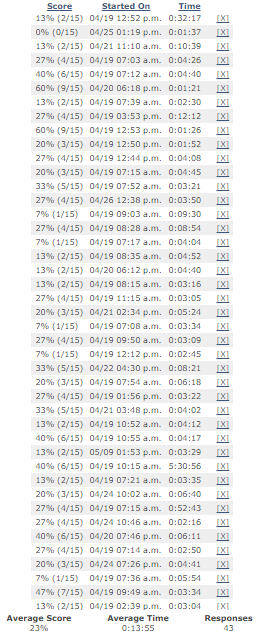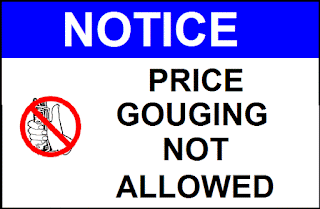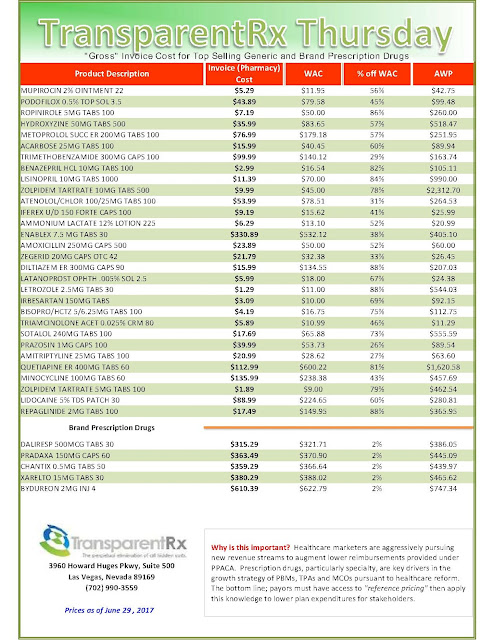This story should terrify the employee benefits and PBM industries
 |
| Table 1: Click to Enlarge |
Over-the-top or OTT is a term used in broadcasting which refers to video and other media transmitted via the Internet, as a standalone product, without a cable or satellite operator controlling the distribution of content. Over-the-top content has lead to a new phenomenon often referred to as cord cutting.
Cord cutting is the practice of canceling or forgoing a cable television subscription or landline telephone connection in favor of an alternative Internet-based or wireless service. Cord cutting started picking up steam in 2016 when 1.9 million pay-TV customers abandoned the service, according to an estimate from SNL Kagan.
But that’s just the tip of the iceberg. The research group expects 10.8 million more customers to cut the cord over the next five years, with total subscribers falling to 82.3 million.
I know what you’re thinking, “Tyrone what does OTT, cord cutting and all the other mumbo jumbo have to do with pharmacy benefits management? Stay with me it will all make sense shortly.
Cord cutting is bad news for pay-TV behemoths like Comcast and AT&T. But, it could be a major boon for virtual providers like DISH Network’s Sling TV to take share of the pay-TV market. SNL Kagan estimates virtual service subscribers will climb to 11 million by 2021.
I too am a cord cutter. The arrogance from which Comcast operated its business and paying for channels I didn’t need or want just got to be too much. Within oligopolies it is this arrogance which often times leads to significant loss of market share. Do you see where I’m going with this?
That being said, I ditched Comcast and was one of the first paying subscribers for SlingTV. I’ve been a much happier camper ever since. I dislike more than anything a person or organization who uses their station to take advantage of others. Non-fiduciary pharmacy benefit managers take advantage of others by operating within a black box.
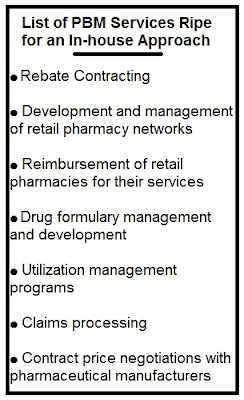 |
| Click to Learn More |
Like cable TV, the time is ripe for plan sponsors to start “cutting the cord” from their PBM and adapt a more in-house approach. Take a look at Caterpillar Inc. for example [source].
“We carved out a lot of the strategic decisions PBMs make on behalf of employers and made them ourselves,” said Todd Bisping, global benefits manager at the Peoria, Illinois-based heavy equipment manufacturer. This shift of strategic power began in the mid-2000s, he said.
- Caterpillar opted to build its own networks — that is, determine which pharmacies to contract with and give its members access to — rather than relying on a PBM to do so.
- Caterpillar determined its own pricing methodologies in contracts rather than using PBM-negotiated drug prices.
- Caterpillar also designed its own formulary, a list of brand name and generic prescription drugs that employees covered by a specific health care plan can use.
Like an over-the-top virtual content provider who benefits from infrastructure already in place to delivery its content over the Internet, Caterpillar still uses a PBM, Optum, for some tasks like step therapy, PAs and customer support. Over the past decade, Caterpillar has slowly brought more elements in-house.
It started in 2005 when Caterpillar began implementing changes in the way it did formularies and continued over the next decade to include changes in supply chain. A team of professionals managed the process, including doctors who help with the clinical aspects of the design, a third-party pharmacy consultant, the Caterpillar benefits team and their PBM.
One major aspect of these first contracts was dealing with the transparency issue. While many companies mean transparency in rebates when they use that term, Caterpillar adopted a broad definition, one that took into account transparency in any revenue associated with drug spend, like marketing fees.
Caterpillar’s decision to take over these strategic functions saved the company hundreds of millions of dollars since its inception in the mid-2000s, and it’s saved the employees tens of millions of dollars, said Bisping. The company spent less in 2015 than in 2005, he added. Since then, they’ve seen costs rise but it’s still much less than the industry average, he said.
Not more than ten companies have adopted the same strategy as Caterpillar which begs the question, why so few? Taking into account all the hubbub around escalating pharmacy costs, one possible explanation so few companies are taking advantage of a la carte PBM services is purchaser demographics.
The typical cord cutter is a millennial (see table 1) while “old school” cable subscribers have yet to act. Baby boomers are once again relying upon the younger demographic to act as the change agent.
In the employee benefits and HR space the demographics of decision-makers are similar to those for OTT and similarly have yet to act. This resistance to change and relying too heavily on a PBM leads to excessive overpayments much like cable TV. The ramifications from overpayments to PBMs extend beyond the boardroom and into hospital operating rooms.
One could argue maybe baby boomers have built a nice nest egg and don’t care what the cost of cable TV service is compared to a streaming service. I would say good for them but in business that does not fly. No business should overpay for a service when there is an equally reliable service available. To do so is a failure in fiscal and fiduciary responsibility.
Unlike prix fixe, purchasing PBM services a la carte is complex and potentially disruptive. The sentiment among leadership should be enough is enough! Let’s do something different and innovative. Unfortunately, many companies outsource a lot of their expertise, so they don’t necessarily have the expertise in-house. If this is the case, training is available to help develop your in-house pharmacy benefits expertise.
Despite the time required to become a better steward of the pharmacy benefit program, I strongly recommend it to companies that are committed, up for a culture change and want to reduce final drug cost to the plan. Drug cost trend data is conclusive insofar as maintaining the status quo will be very costly.
Be wary of being sold services you don’t need or could handle in-house. Prudence is required when deciding to whom you should hitch the wagon. Many of the so called PBM experts are impostors and will deliver only short-term savings or worse no savings at all. These impostors will point fingers or rely on excuses to justify why pharmacy costs continue to rise by double digits YOY.

